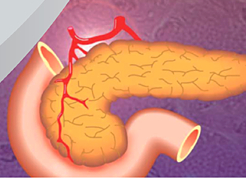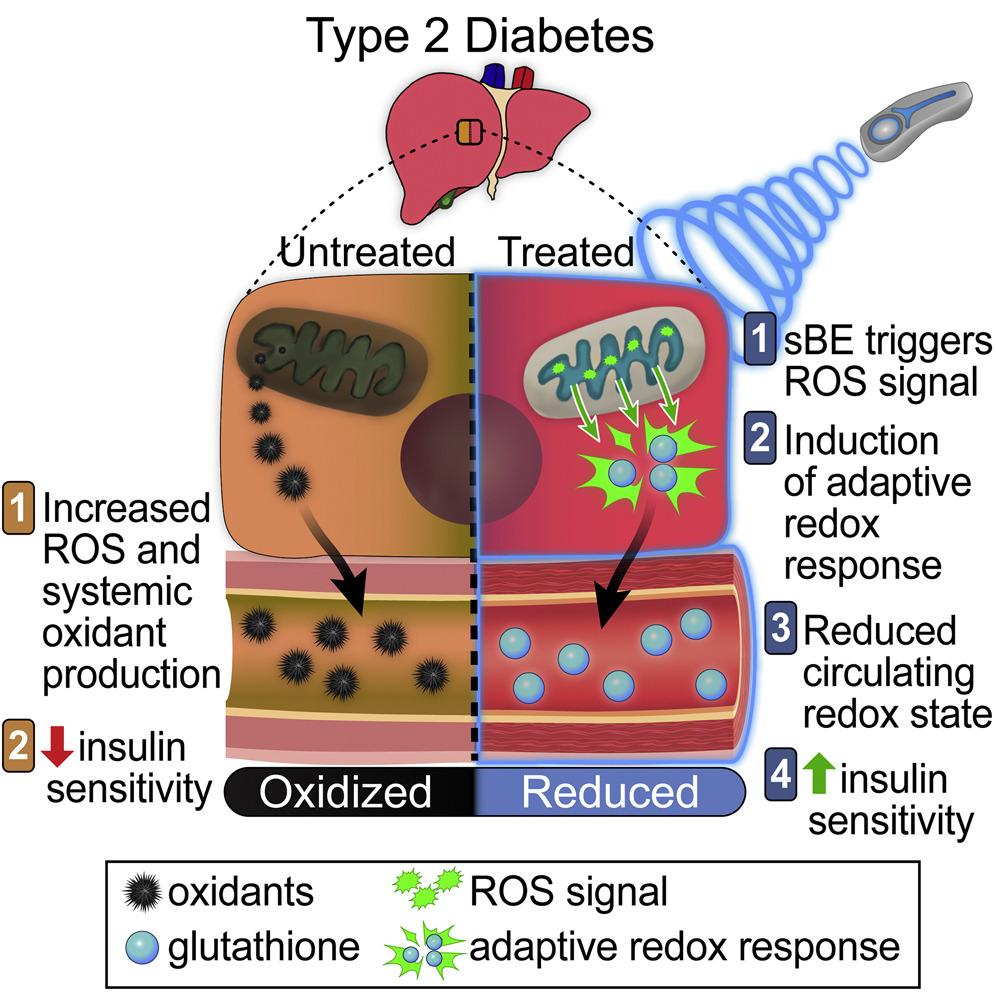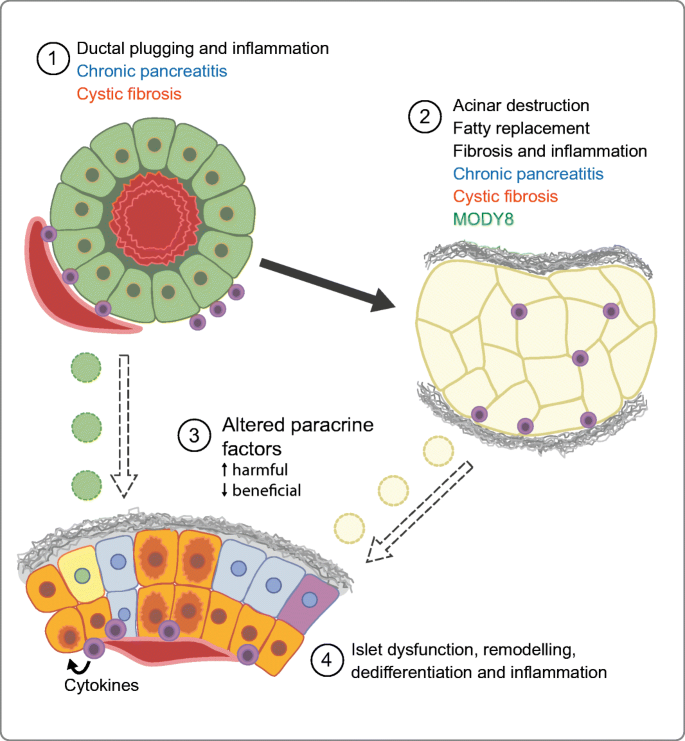
Recently, Dr. Norris co-authored a new chapter entitled “Glucose Metabolism in the Fetus and Newborn, and Methods for Its Investigation“. The chapter is part of the newly published Fetal and Neonatal Physiology textbook, 6th edition, edited by Polin, Abman, Rowitch & Benitz (Hardcover ISBN: 9780323712842). This is one of the leading standard textbooks for perinatal and neonatal physicians. Dr. Norris co-authored the chapter with Dr. Sarah A. Wernimont, who is an maternal-fetal medicine faculty physician at the University of Minnesota. Both Dr. Wernimont and Dr. Norris have directed research aimed at better understanding glucose metabolism in the maternal-fetal system. The textbook is available from publisher Elsevier and also at commercial book outlets.








